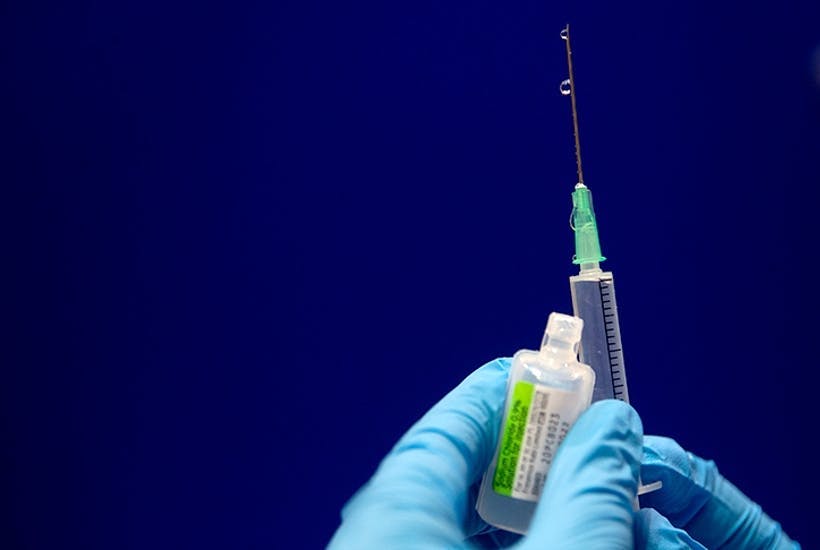Last month the federal government announced that the AstraZeneca vaccine would be phased out, with it being available only ‘on request’ after October of this year. This decision followed numerous blood clotting cases and some deaths occurring following vaccination.
The government will now rely on the Pfizer and Moderna vaccines. However, these mRNA inoculations are not without their problems, either.
Already a subscriber? Log in
Subscribe for just $2 a week
Try a month of The Spectator Australia absolutely free and without commitment. Not only that but – if you choose to continue – you’ll pay just $2 a week for your first year.
- Unlimited access to spectator.com.au and app
- The weekly edition on the Spectator Australia app
- Spectator podcasts and newsletters
- Full access to spectator.co.uk
Or


























Comments
Don't miss out
Join the conversation with other Spectator Australia readers. Subscribe to leave a comment.
SUBSCRIBEAlready a subscriber? Log in